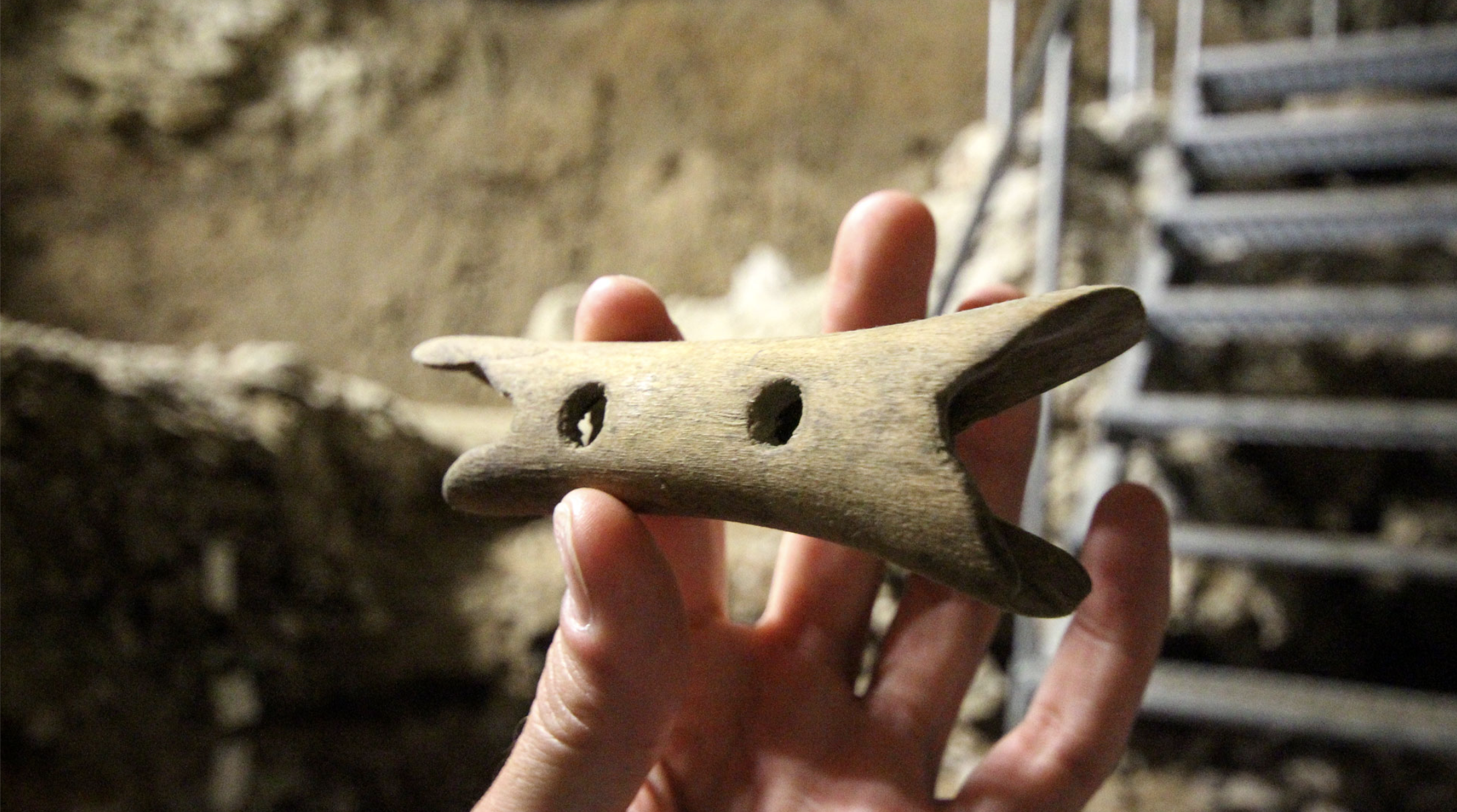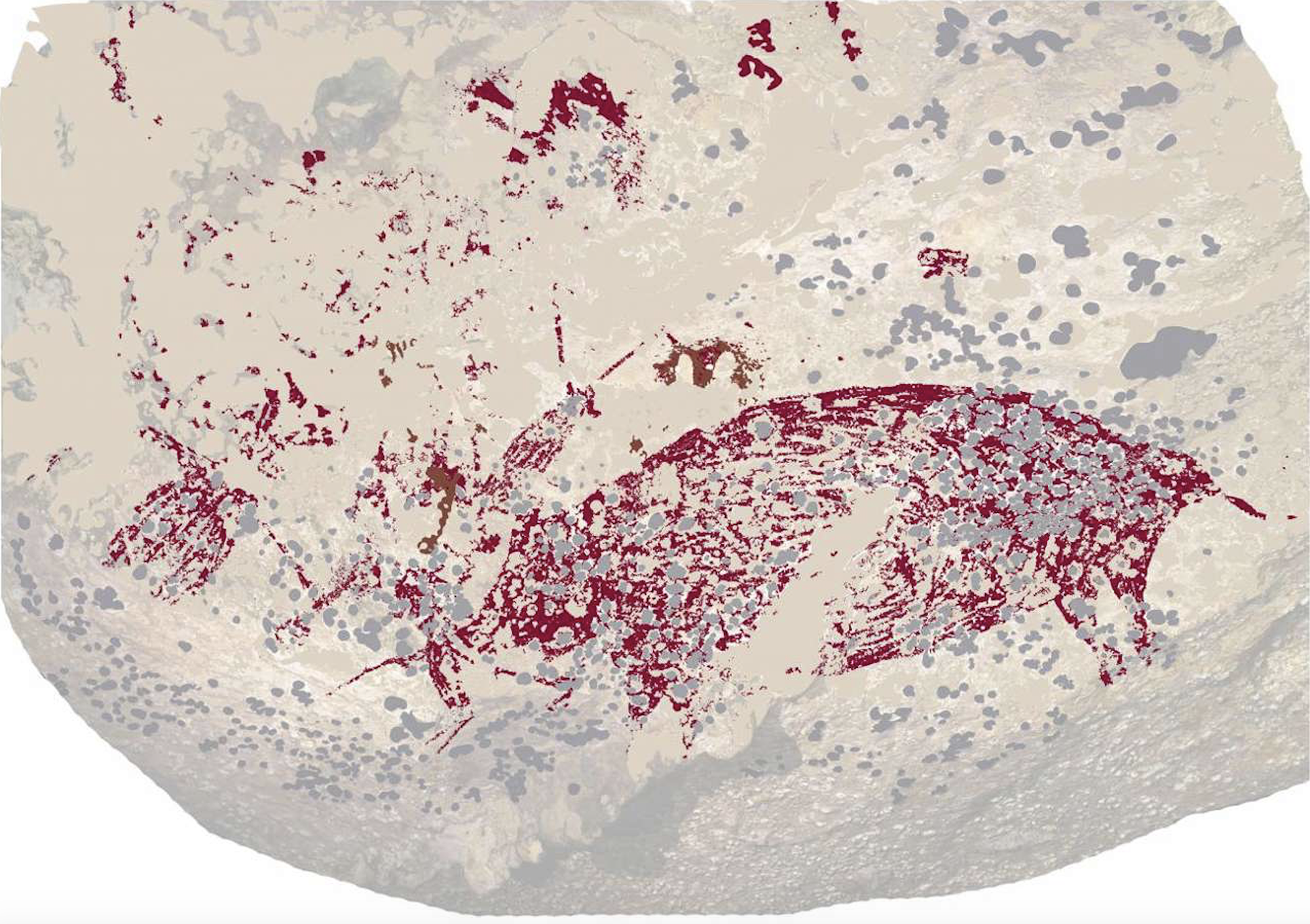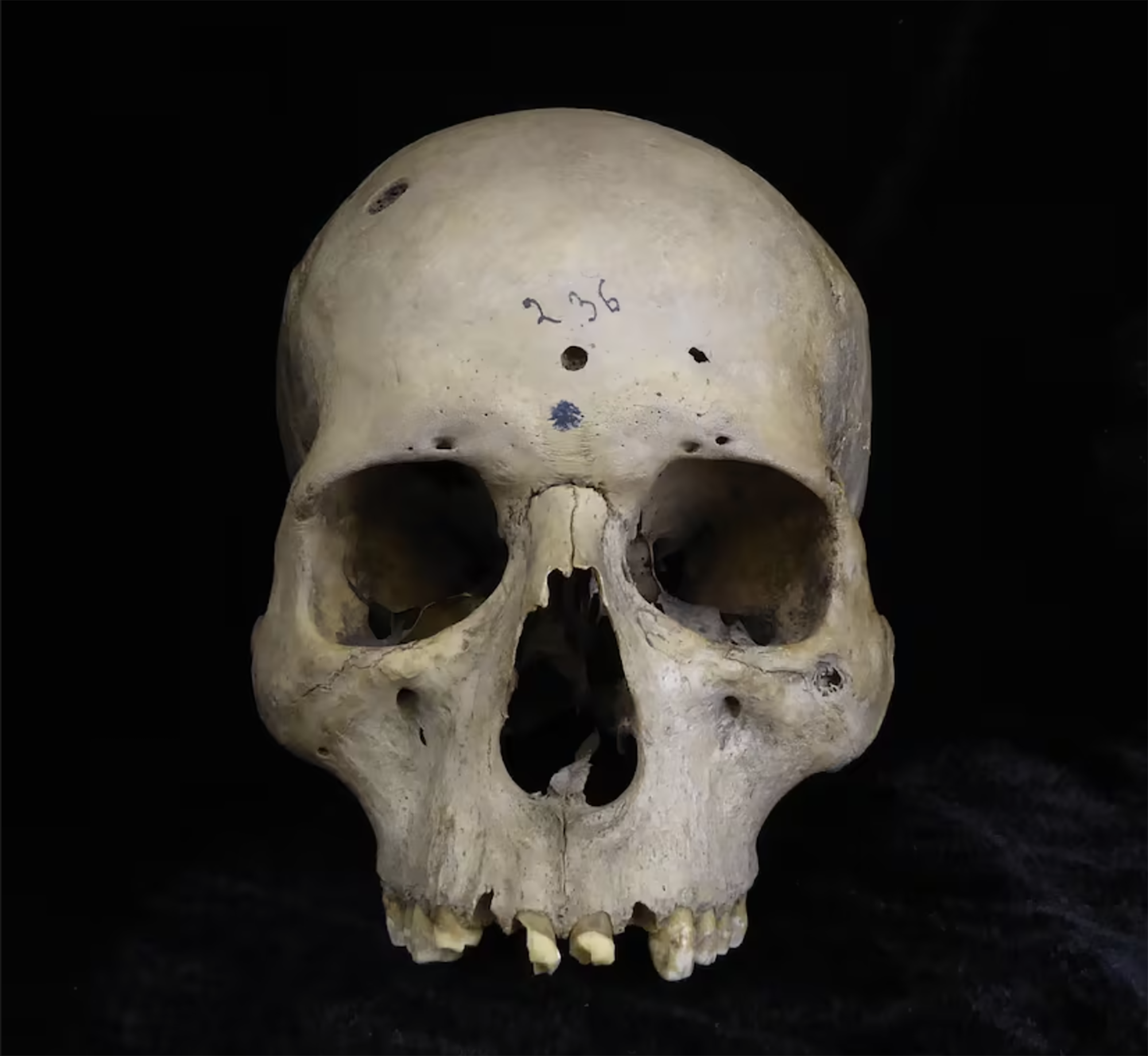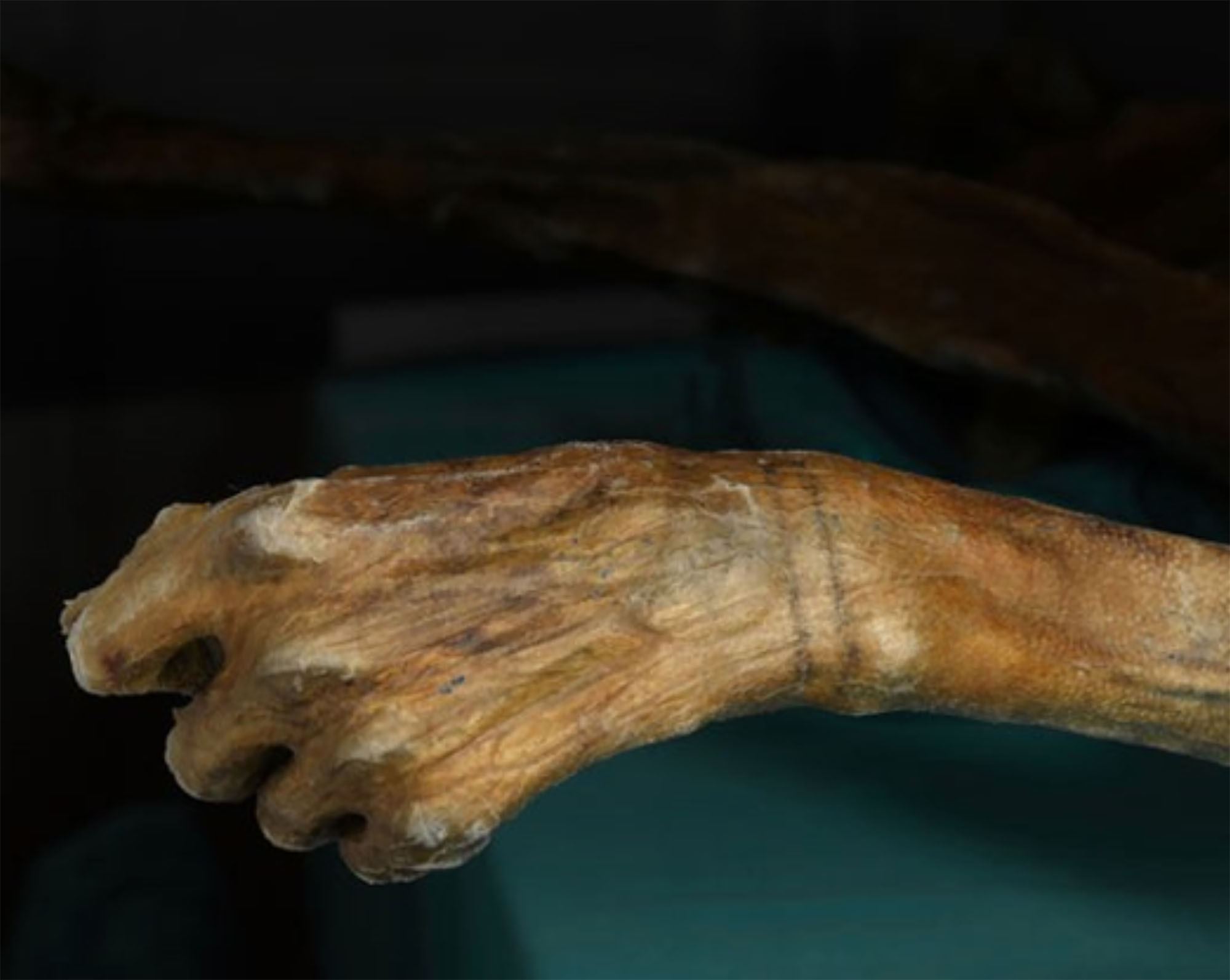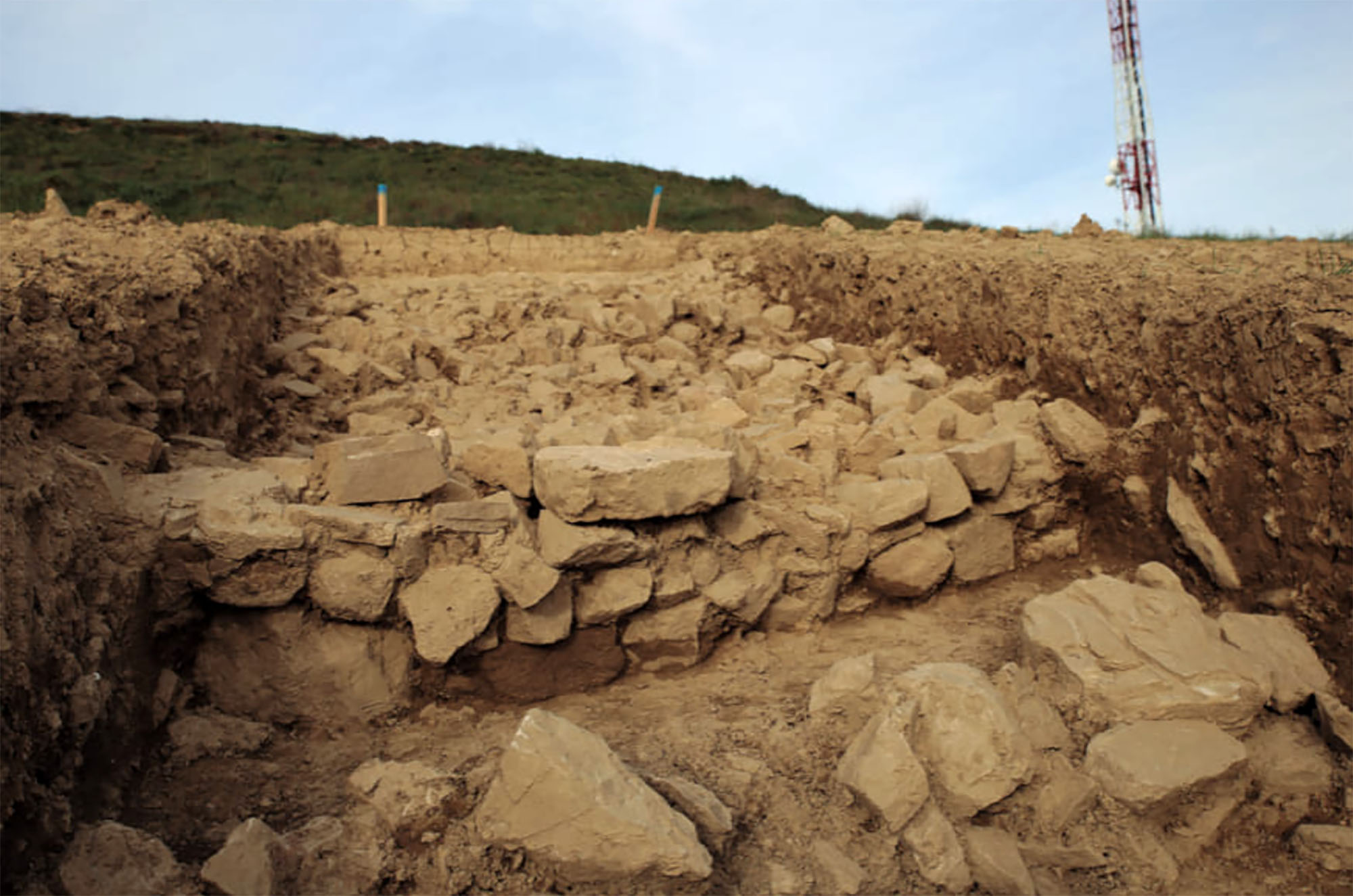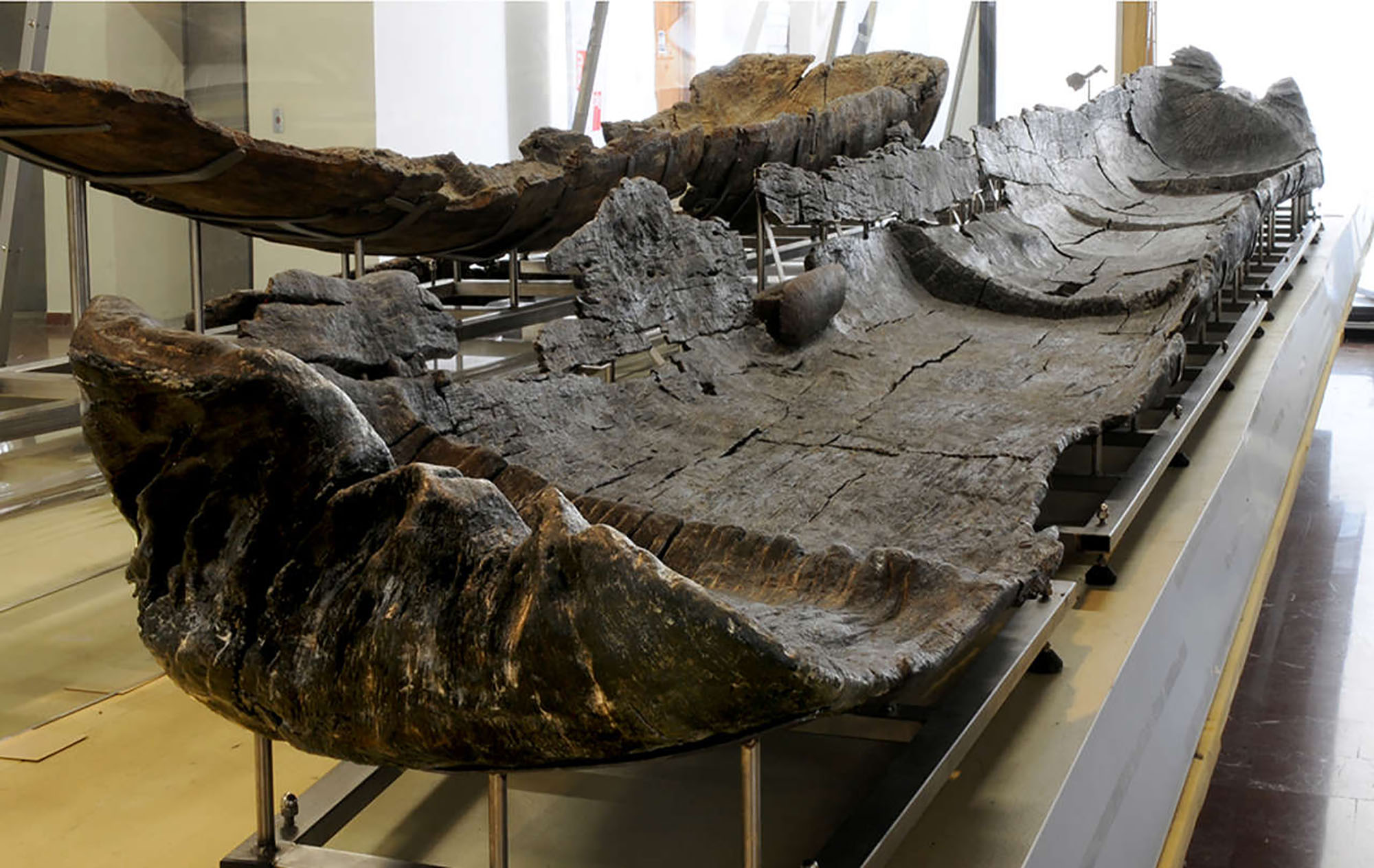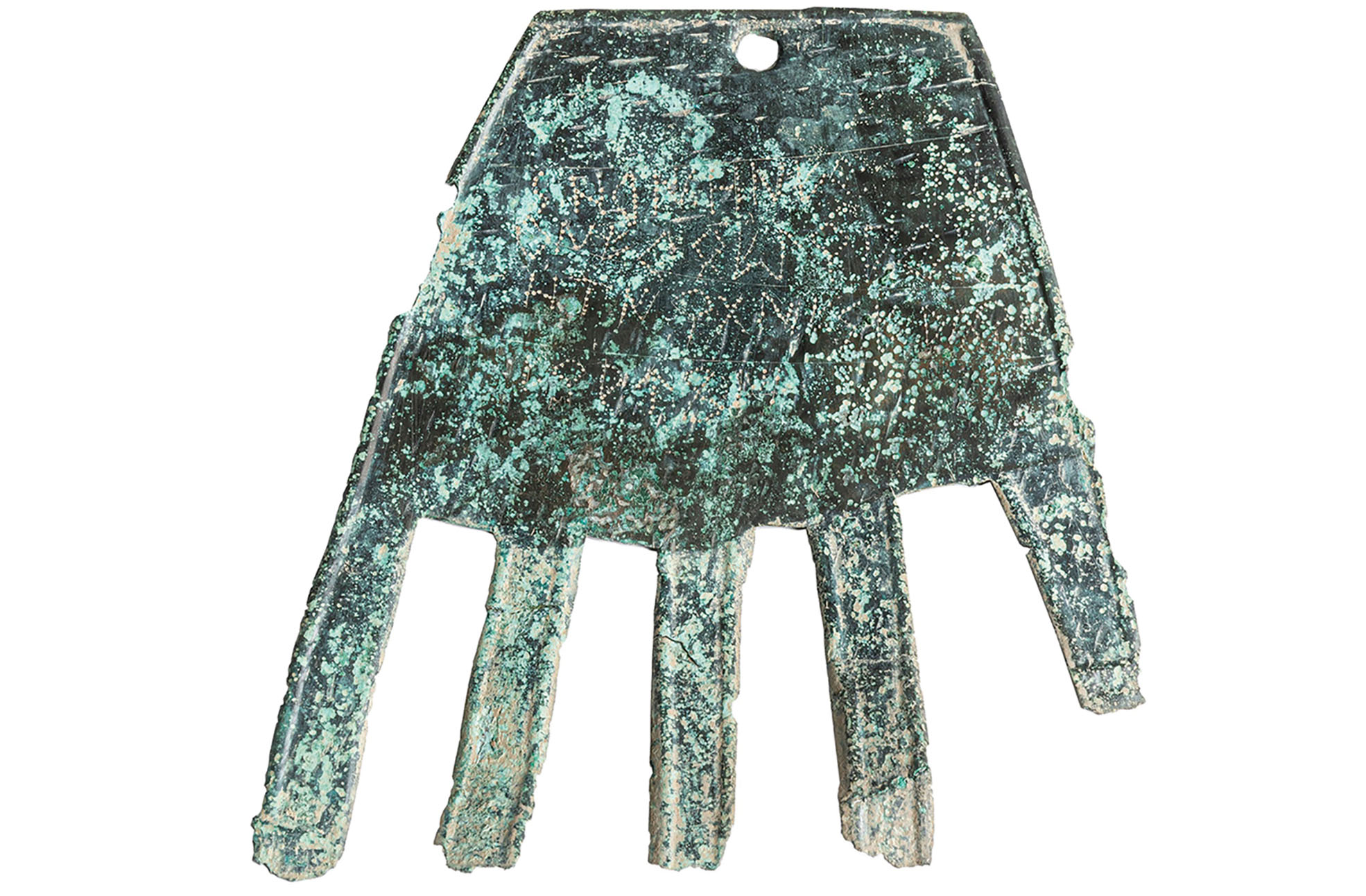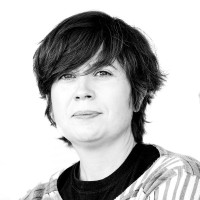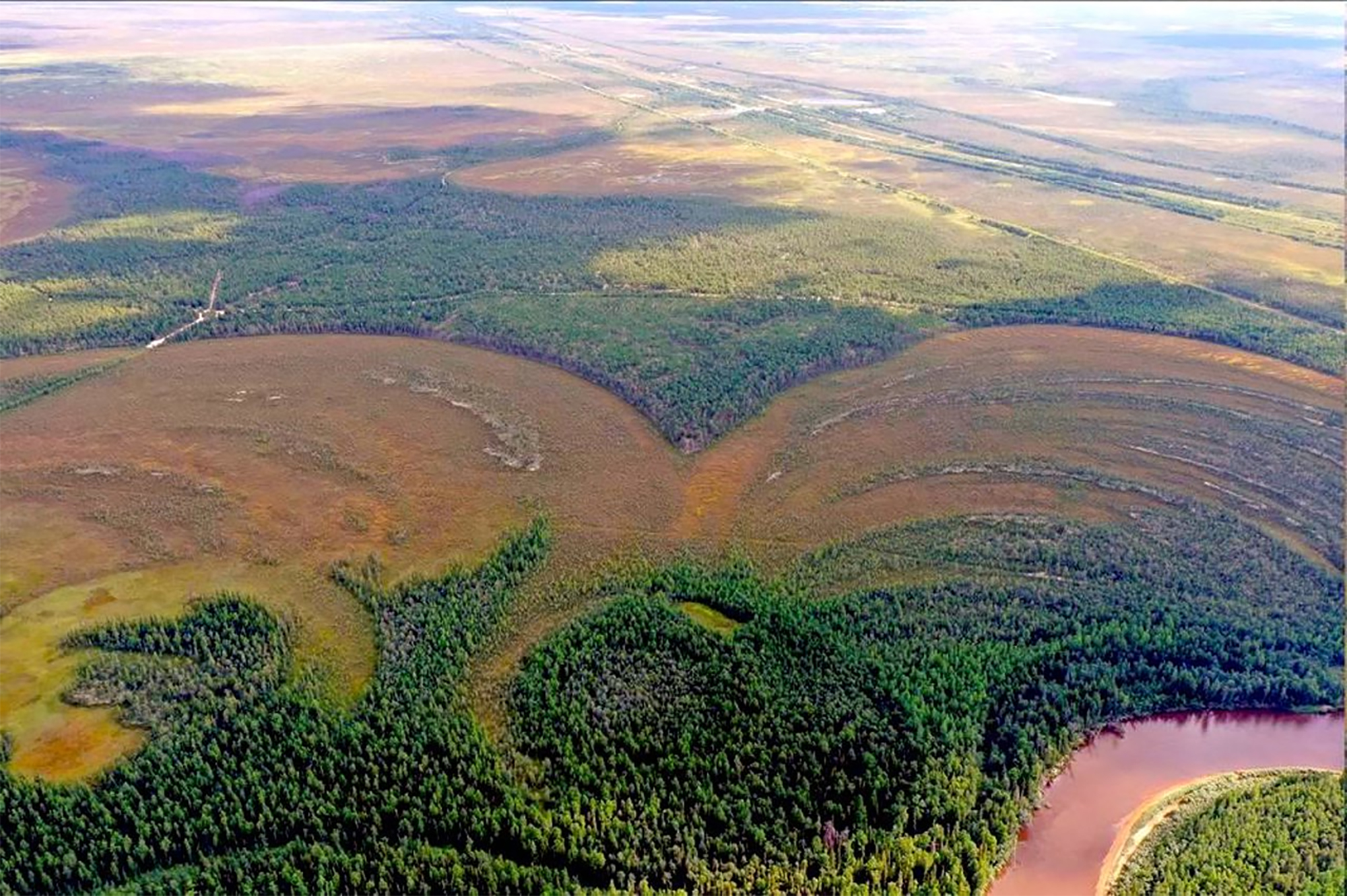Neanderthals lived in Lezetxiki until after planned, according to a new study
- In the cave of Lezetxiki in Arrasate, recently affected by the works of the TAV, a researcher at the University of Bordeaux states that the Neanderthal man lived to the Aurigñac, after reviewing the pinares that appeared in the field.

In one of the most important prehistoric sites in the Basque Country, Lezetxiki, the presence of Neanderthals was known, but a new study assures that this species of homo lived later than was believed.
Just as this medium of communication advanced in the news about the damage caused to the cave by the works of the TAV, the researcher of the University of Bordeaux, Diego López Onaindia, has just published the article in the journal American Journal of Biological Anthropology, along with other international researchers, including the archaeologist of the UPV and the excavation director of Zablezetxiki, Álvaro. In the excavations carried out by José Miguel de Barandiarán in 1966, the study provides more data on two forceps exposed in Lezetxiki.
In Lezetxiki, the transition between the times of Moustier and Aurigñac is perfectly observed: the former predominates Neanderthals; the latter predominates homo sapiens or the present man.
López explained through Twitter the details of his work and expressed concern about the damage caused by the TAV bte tunnel in Lezetxiki: "I do not understand how this can be accepted in the 21st century".
The Catalan Institute of Human Palentology and Social Evolution (IPHES) has also echoed the research. The IPHES states that excavation of the cave has been taking place for years, making Lezetiki a "reference site for prehistory", since induced stratigraphy collects almost all prehistoric cultures.
In fact, in Lezetxiki, the transition between the times of Moustier and Aurigñac can be perfectly observed: in the former, Neanderthals predominated; in the latter, homo sapiens or present man. However, the latest chronological data indicate that many of the lytic vestiges considered from the Mouster period can also be from the Aurigñac period, so there was doubt that the teeth appearing in these stratigraphic sequences were Neanderthals.

Lopez, after scanning and studying teeth in detail, states that they are the most mature Neanderthals. Therefore, these vestiges of Lezetxiki confirm that the presence of Neanderthals in the north of the Iberian Peninsula is much higher than expected, between 57,000 and 32,000 years.
Ethiopia, 24 November 1974. Lucy's skeleton was found in Hadar, one of the oldest traces of human ancestors. The Australian hominid of Australopithecus afarensis is between 3.2 and 3.5 million years old.
So they considered it the ancestor of species, the mother of all of us. In... [+]
A group of archaeologists from the University of Berkeley, California, USA. That is, men didn't launch the lances to hunt mammoths and other great mammals. That was the most widespread hypothesis so far, the technique we've seen in movies, video games ...
But the study, published... [+]
Geissenkloesterle (Germany), 42,000 years ago. Those living in the cave of the Danube basin made a flute with bird bones and mammoth ivory. At the same time, the inhabitants of the cave of Divje Babe in Slovenia also made a flute with the femur of a bear. These are the oldest... [+]
In the south of the Indonesian island of Sulawesi, in the cave of Leang Karampuang, archaeologists from the Griffith and Southern Cross universities and the Indonesian National Agency have discovered a painting of three anthropomorphic figures and a boar. According to the study... [+]
Two years ago, the Catalan archaeologist Edgard Camarós, two human skulls and Cancer? He found a motif card inside a cardboard box at Cambridge University. Skulls were coming from Giga, from Egypt, and he recently published in the journal Frontiers in Medicine, his team has... [+]
Since they discovered the corpse of Ötzi in the Alps in 1991, the 5,000 years preserved in very good condition have been used for numerous investigations. From the beginning, the 61 tattoos he had on his skin were the ones that cared for him. Experts believed these tattoos were... [+]
Between 1992 and 2006, in the waters of Lake Bracciano of Rome, the site of La Marmotta del Neolitico was excavated early. They recently published in Plos One magazine a study on the five piraguas found there. It is estimated that the boats are between 7,000-7,500 years... [+]
In the Gulf of Mecklenburg, in Baltic waters, archaeologists identified in 2021 a stone structure of almost a kilometre. Now a team of interdisciplinary researchers has published a study on the wall in the journal PNAS.
The structure is about 10,000 years old and has come to... [+]
This weekend I visited a cave with prehistoric paintings. Paints made with iron oxide and manganese about 30,000 years ago. These visits seem interesting to me to relocate our place as human beings in the world, they are an opportunity to rethink the “development” of recent... [+]
Willendorf (Austria), 1908. At a site in the Wachau Valley, archaeologist Josef Szombathy found a small anthropomorphic statue of a woman about 11 cm, carved in stone and dyed with red ochre.
Since then, it is the best-known venusi of the Paleolithic and has been analyzed from... [+]
Researchers at Freie Universität in Berlin have found the oldest Siberian fortress in history, 8,000 years ago. It has long been believed that the strengths have risen to the height of the Neolithic Revolution because of the stabilization of communities by agriculture.
But... [+]










